Air Emissions and Dust Collection: What You Need to Know!
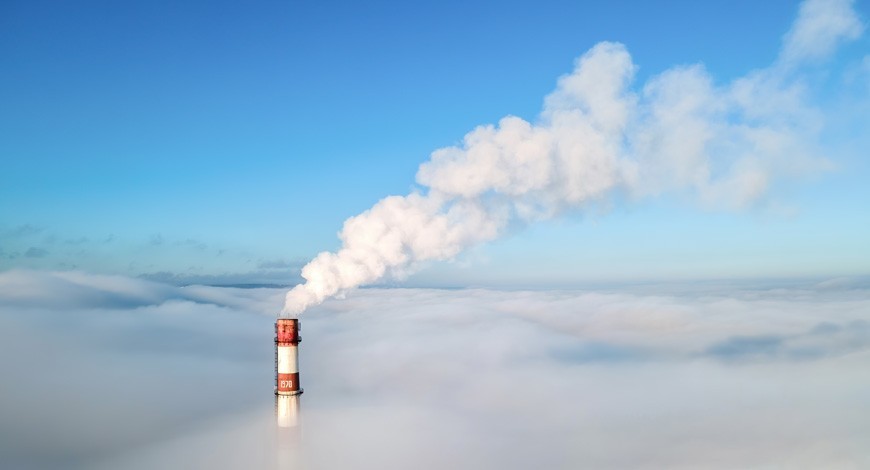
Like many industries, your activities probably generate contaminants in the air. As you know, above a certain air release threshold, it is mandatory that you use a dust collector tailored to your processes and to the quantity and type of particles emitted. To help you understand why, we’ll review the ABCs of dust collection and air emissions.
Dust Collection 101: What’s Involved?
Let’s look at the main substances that dust collection handles.
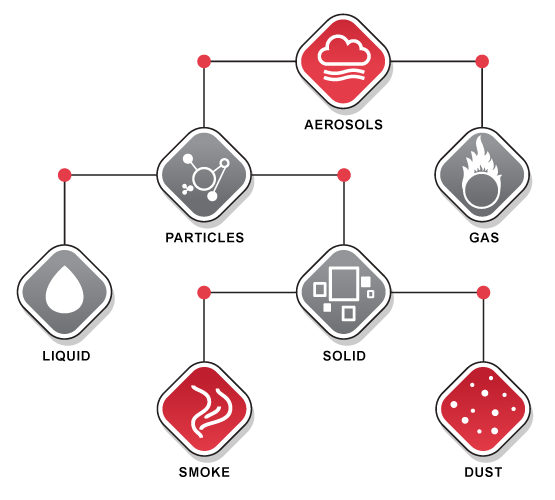
Diagram of aerosol types
Aerosols are a large family of compounds where the matter can be in various states: these aerosols take the form of gases or particles (liquids or solids). However, their form is not unchangeable. For example, air is a gaseous aerosol whose particles can liquefy (as condensation) or solidify (as ice).
Smoke consist of sub-micron particles resulting from vaporization, followed by condensation and rapid oxidation of a body at high temperature. These particles can also come from the chemical reaction of a gas at room temperature. We see this especially in smelting, welding, and incomplete combustion. These small particles are less than 1.0 µm.
Dust is the result of matter turning to powder in mechanical processes. Think of milling, crushing, abrasion, erosion, grinding, polishing or wear. Their shape differs depending on the type of material and the process: spheres, ellipses, cylinders, strips, threads, etc. They also vary in size, with the finest particles measuring from 2 µm to 10 µm and the largest, over 100 µm.
If you consider a smelter, the casting vessel and molten metal release toxic vapours that contain heavy metals. A tailored dust collection system would capture and filter this smoke and hazardous particles. Result: the spread of these dusts into the ambient air and then into the atmosphere is reduced.
Air Emissions: What Are They?

These are pollutants in the atmosphere in the form of particles and gases. They can come from industrial, transportation and agriculture activities. Government environmental standards must be adhered to, and the strictness of them varies depending on the process, type of particle, and region.
For an industrial project to be approved in Quebec, the proponent must, for example, submit an application for authorization [French] assessing multiple aspects of managing potential contaminants, such as:
- the emission point and whether it is intermittent or continuous;
- the source or the processes responsible for the emissions (e.g. a kiln room);
- the maximum expected emission rate (calculated in mg/m3);
- the types of contaminants generated;
- the cleaning systems that will be put in place (e.g. a dust collector).
Nothing is left to chance!
In Concrete Terms, What Are Your Responsibilities?
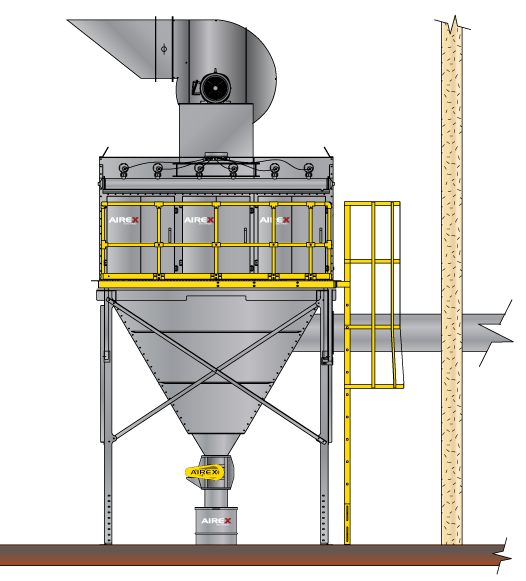
Outside evacuation diagram
You are required to capture aerosols to prevent them from spreading into the atmosphere, as set out in the Clean Air Regulations (RAA) [French] (sections 196 and 197, and schedule K) and the air quality criteria in the Environment Quality Act.
Even so, it is still impossible to capture 100% of the particles produced (with the goal being to get as close as possible!). You must ensure that the amount of emissions released into the atmosphere stays below the recommended threshold by monitoring your processes and measuring the discharge of them.
In some cases, it is mandatory that you report emissions of particularly harmful contaminants into the atmosphere that are associated with increasing the greenhouse effect. These include polycyclic aromatic hydrocarbons (PAHs), lead (Pb) and its compounds, mercury (Hg) and its compounds, and hexavalent chromium.
Protect the Environment and Remember Your Employees!
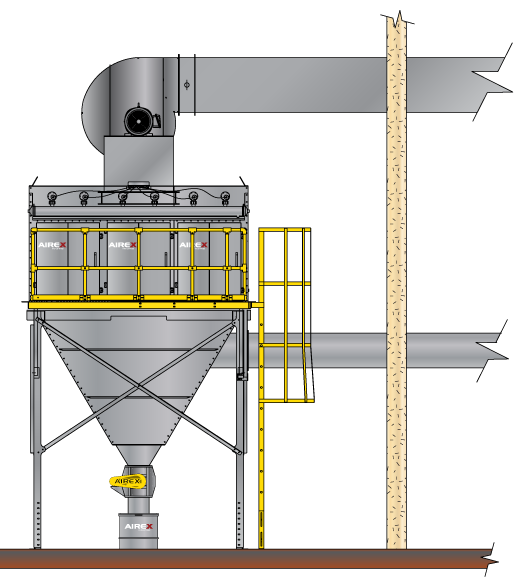
Recirculating airflow diagram
If you return the filtered air back inside the plant instead of sending it outside, you will instead have to comply with the various ambient air standards, such as those of the CNESST. To find out if your teams are at risk, determine the exposure value thresholds for particles that must not be exceeded. Therefore, you must capture and filter airborne contaminants in order to protect the workers’ health, as well as ensure minimal emissions when the air is sent outside.
Now that you have mastered the basics of dust collection and some of the issues, you will be more vigilant about your processes. To help you navigate these thresholds and standards, take advantage of our dust-collection expertise. We’ll find a solution tailored to your budget and needs!
Get in touch with our experts!
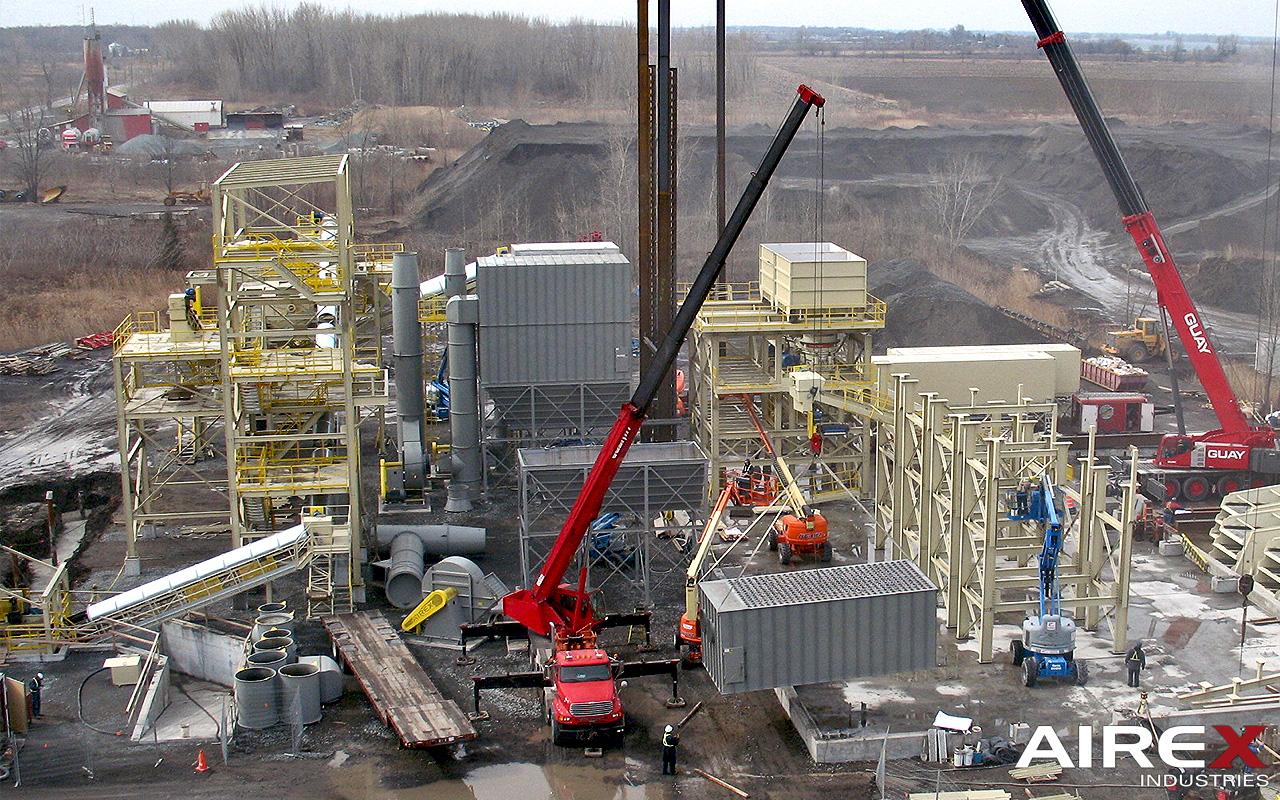
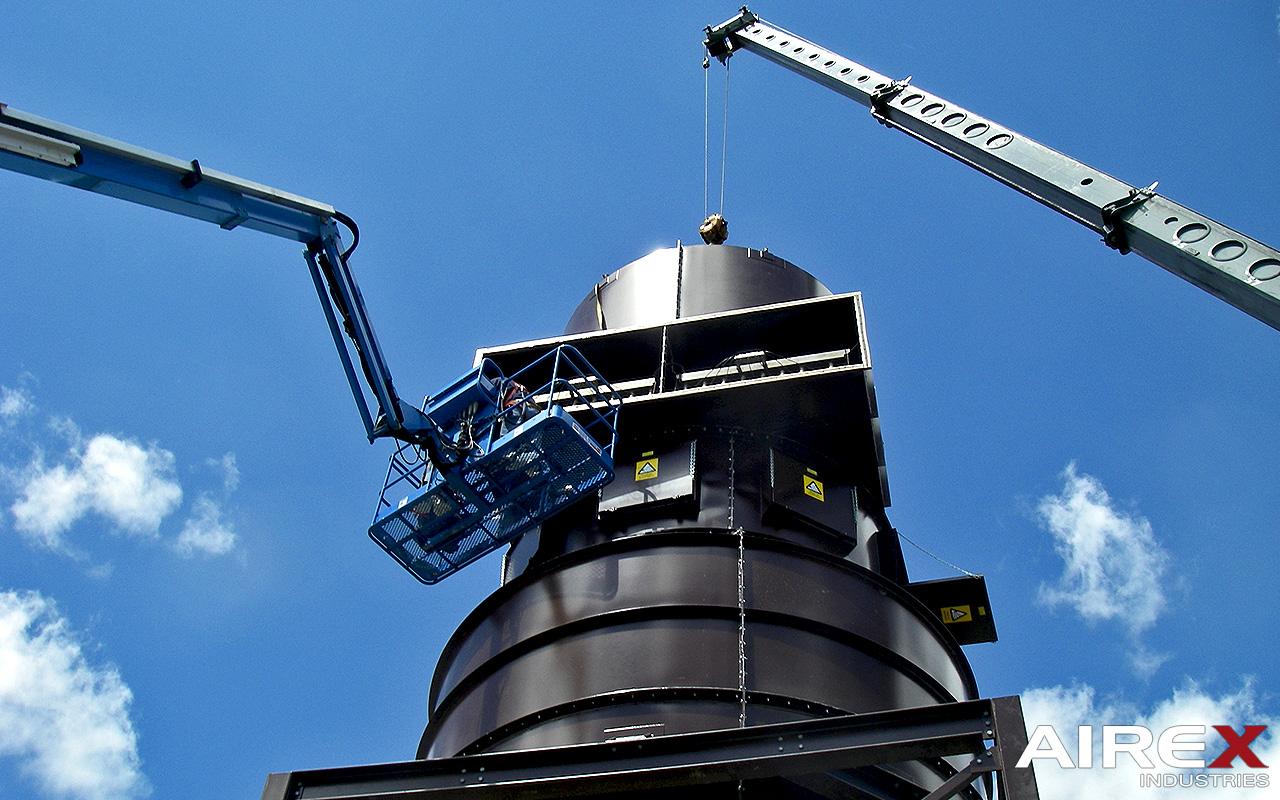
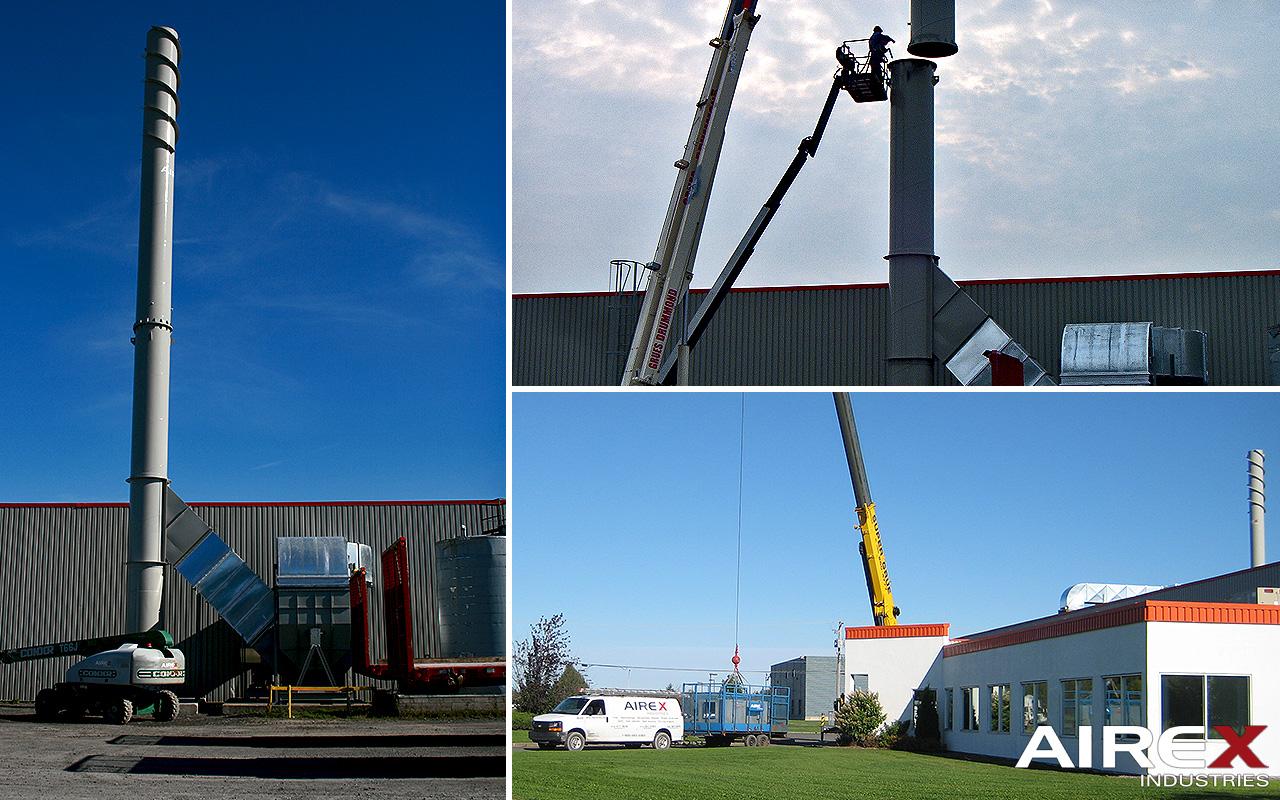
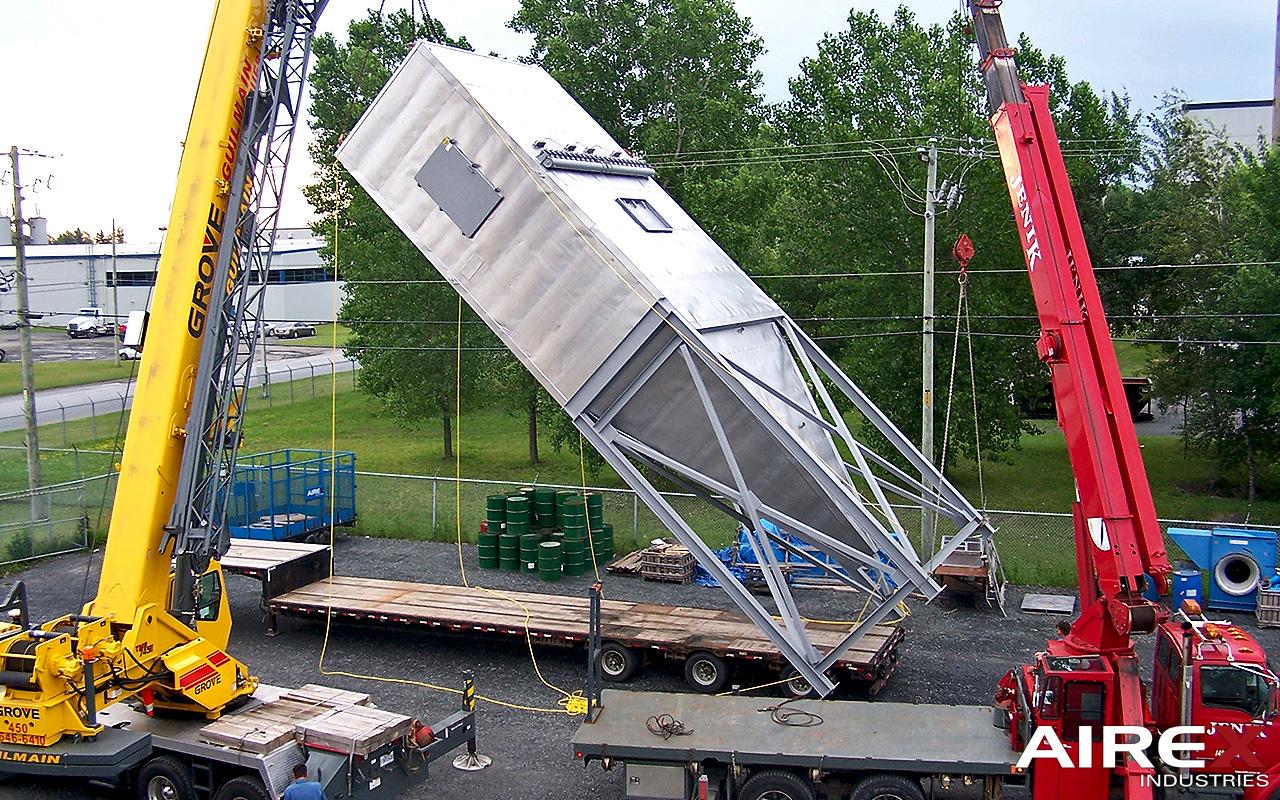

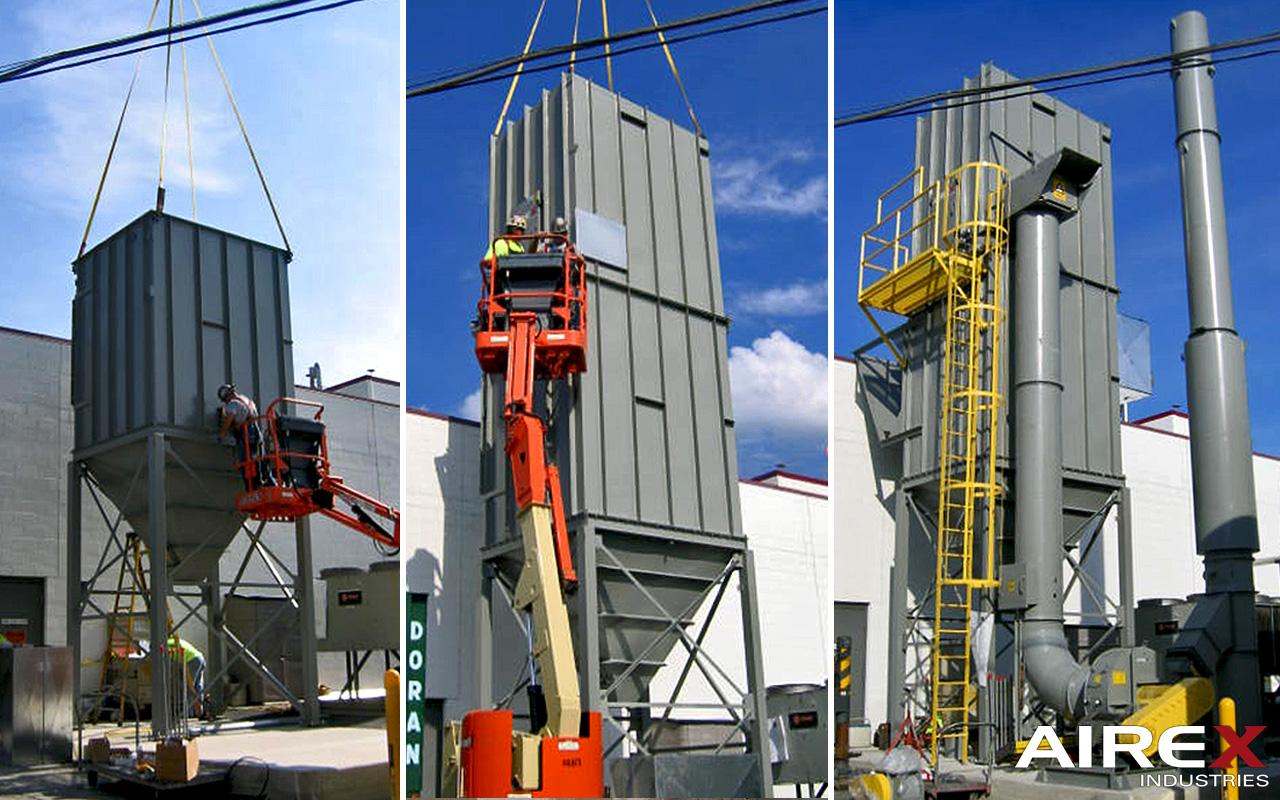
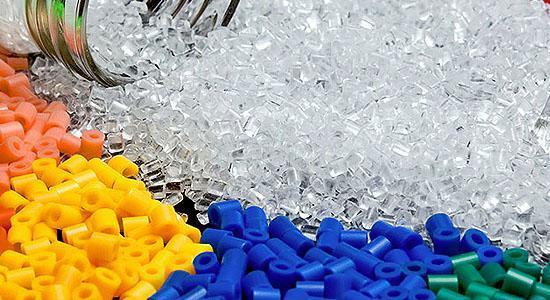
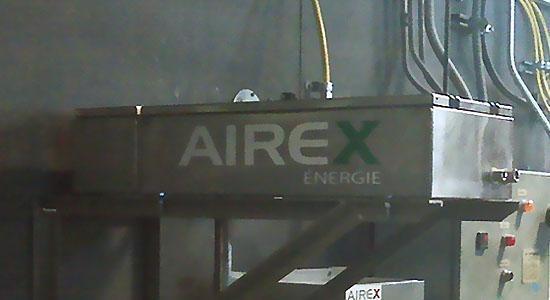
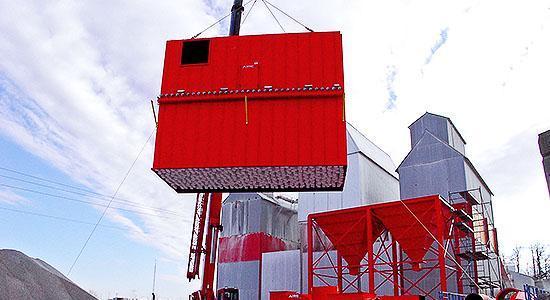
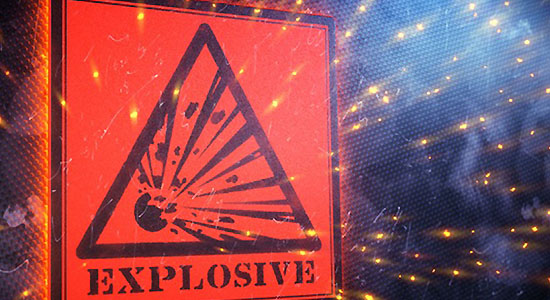
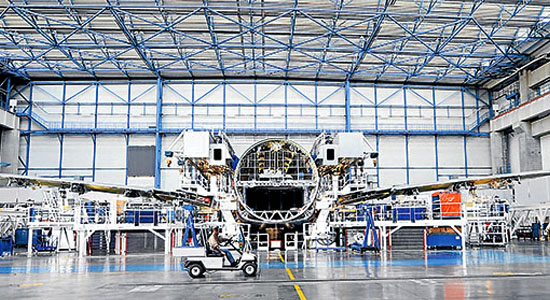
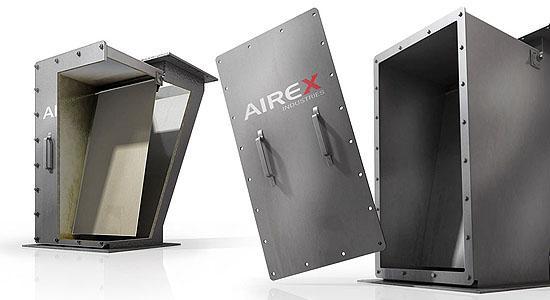
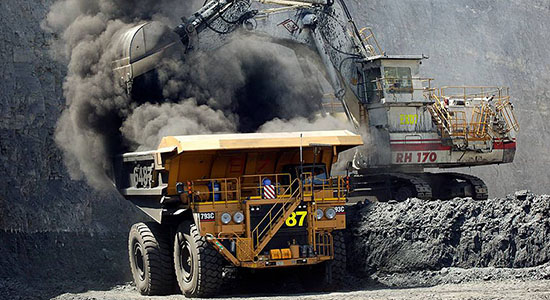
 Not sure what product fits your needs, or you looking for advice about the best solution for your problem?
Not sure what product fits your needs, or you looking for advice about the best solution for your problem?